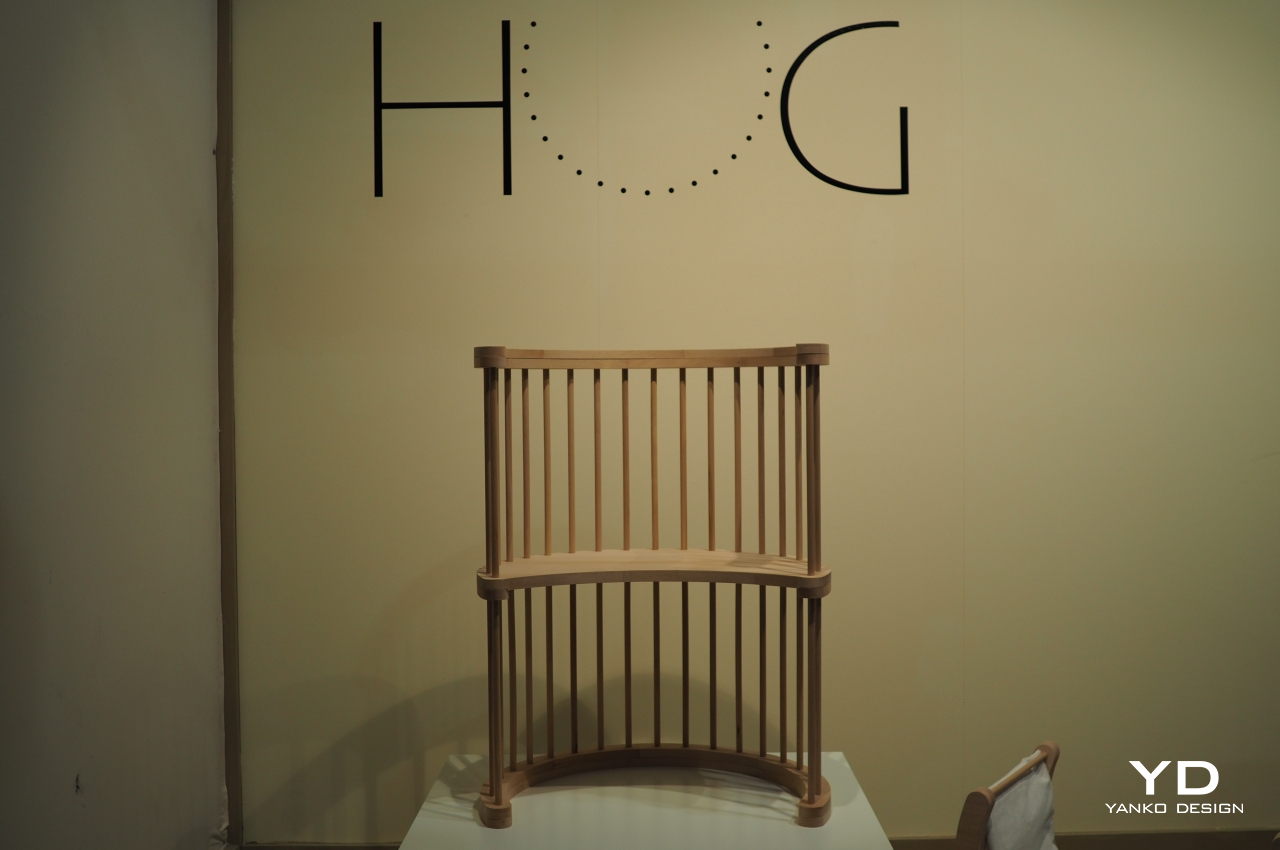
Wood is a favorite among designers for its natural beauty, the random grains that make each piece unique, and its more sustainable source. But while it is definitely better than ordinary plastic in that regard, the extensive use of wood also has a negative impact on the environment if left unchecked. Unlike money, wood does go on trees, trees that need to be cut down in order to become the literal building blocks of furniture and other products. Those trees need to be replanted, of course, but there’s also the matter of pieces of wood that are wasted and thrown away. Plastic and metal aren’t the only things that can be recycled, and HUG tries to do the same for discarded wood that can then be used to create other pieces of wooden furniture.
HUG is a part of the “SaloneSatellite” showcase at Salone del Mobile 2022, which focuses on prototypes created by designers who are of age 35 years or younger, with an aim of encouraging budding designers.
Designers: Medeot Barbara, Piovesan Giulia
Using wood, a biodegradable and more sustainable material compared to plastic, doesn’t mean that there will be nothing wasted. While pieces of scrap wood do eventually decompose or can be used for smaller items, they’re still considered wasted materials and wasted potential. Pieces of plastic can sometimes be broken down and recycled into other compounds, and cutoffs can be used to make other textiles. Scrap wood, likewise, can become the foundations for other products, like furniture built from the building blocks of Progetto or “Project” HUG.
HUG isn’t simply about recycled scrap wood, though that is part of its appeal. It is defined as a “multifunctional object made up of simple elements” that can be assembled in different ways to create different pieces of furniture. In a way, it’s like a simplified LEGO system made of wooden parts, giving people the freedom to create chairs, shelves, or even benches that alternate between facing opposite directions. Best of all, you can even reassemble them as your needs change over time.
That is the third part of HUG’s appeal that they can be assembled and reassembled just as easily as LEGO bricks. That’s because the system doesn’t make use of nails or even glue, the latter being a potentially dangerous chemical that will harm the environment when it comes time to dispose of the product. Then again, HUG is designed to be reused again and again, so it’s not like it will meet the trash heap or the recycling plant anytime soon.
Progetto Hug is still in its infancy, but it definitely has a lot of potential, both in theory and in practice. The simplicity and modularity of the design make it easy to cram the parts in a flat-pack, and the flexibility of its assembly could see odd furniture constructions and ideas grow over time. The current iteration of HUG comes in a natural finish, but there could be more colors available in the future.